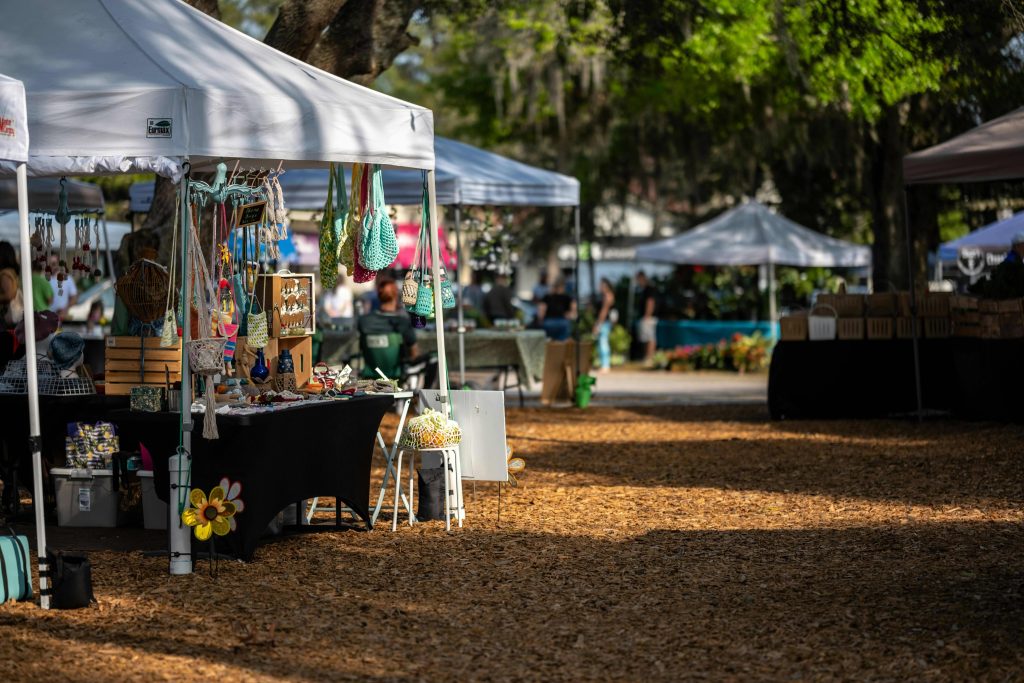
Setting & Stakes
By 8 a.m., tents were rising and the coffee line snaked down the row. Cell bars came and went; every drop stalled card readers and frayed tempers. The brief was simple: keep sales moving and keep support calls to zero.
Constraints & Risks
Metal tents, shifting crowds, and a tree line along the north edge created a living RF puzzle. We needed a clean sky window for the dish, short protected cable runs, and a layout that wouldn’t trip vendors or block aisles. Guest Wi‑Fi is popular but can drown payment traffic, so we planned for POS first.
Design & Deployment
We placed the dish at the open south edge with an unobstructed view and ran one protected cable to a central hub. Three professional access points formed overlapping zones along the vendor row. Two private networks carried the day—one for POS and staff, one for vendors—with QoS to keep payment apps in front. A guest network was staged but kept off until midday.
Operations
We stayed on site and watched the network breathe with the crowd. A wind shift moved a cluster of tents; we nudged one access point ten feet to restore margins. Square and Clover readers held sessions, and the gate’s check‑in tablets scanned without pause.
Outcome
From open to close, vendors processed payments on the first try. The organizer reported fewer help requests than any past market at this lot. The recipe wasn’t exotic: clear sky for backhaul, short runs, and ruthless priority for the systems that make money.
Metrics
| Setup time | ~40 minutes |
| Wi‑Fi zones | 3 (POS/Staff, Vendor, Optional Guest) |
| Backhaul | Satellite (clear south sky) |
| Data used | 18 GB |
| Peak throughput | 120/20 Mbps (down/up); typical 40–80/10–15 |
| Devices | 70+ vendor/staff devices during peak |
| Priority | POS first; guest capped/disabled at open |
